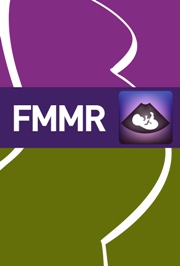Article contents
The ductus venosus
Published online by Cambridge University Press: 10 October 2008
Extract
The ductus venosus is a blood vessel functioning exclusively in the fetal circulation. According to many reports it was described for the first time by Giulio Cesare Arantius (Bologna 1530–1589) in his book De humano foetu libellus (1563) and it is often referred to as the ductus Arantii. Thorough research, however, has made it clear that Andreas Vesalius described this vessel in 1561 in his book Examen observationium Falloppii, which was published three years later. Moreover, it has been pointed out that the first and second editions of Arantius’s book did not contain a description of the ductus venosus but that this appeared in the 1571 edition.
- Type
- Articles
- Information
- Copyright
- Copyright © Cambridge University Press 1993
References
- 2
- Cited by


